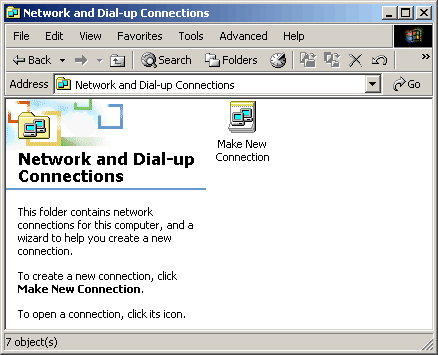In today’s age of constant connectivity, where the internet is almost as vital as the air we breathe, it’s hard to imagine a time when accessing the World Wide Web was not always on, instant, and ubiquitous. Yet, in the not-too-distant past, accessing the internet required users to establish a connection manually, often through a phone line. This was the era of dial-up connections. Among the many features and functionalities of this era, one that stands out is “autodial.” In this article, we’ll journey back in time to explore the concept of autodial in computer networking and understand its significance.
In this article:
- Dial-Up: A Brief Overview
- What is Autodial?
- The Emergence of Autodial
- Why Was Autodial Significant?
- Drawbacks and Considerations
- A Legacy Feature in Modern Systems
- Conclusion: Remembering the Foundations
- References

1. Dial-Up: A Brief Overview
Before diving into autodial, let’s briefly recap the dial-up era. Dial-up internet access used phone lines for connecting a computer or local network to an ISP. Users required a modem, a device that modulated and demodulated analog signals to digital data, and vice versa. Establishing a connection often involved the modem dialing a specific phone number provided by the ISP and then negotiating a connection speed.
2. What is Autodial?
Autodial was a feature of Microsoft Windows 2000 and Windows NT that mapped network resources to phonebook entries. When a user or application tries to access a network resource, Network and Dial-up Connections in Windows 2000 (Dial-Up Network in Windows NT) automatically try to establish a connection to the resource.
How to Configure Autodial
To configure autodial in Windows 2000, go to Control Panel in My Computer, and then open Network and Dial-up Connections. Choose Dial-up Preferences from the Advanced menu.
On the Autodial tab, select the check box next to the location where you want to enable autodial, and then click OK. To configure AutoDial in Windows NT, use the User Preferences dialog box for your phonebook entry.
Autodial won’t start if
Certain actions will not trigger AutoDial for Windows NT. These include:
- Pinging an IP address. (Pinging a fully qualified domain name, however, will cause AutoDial to engage.)
- Using both a dial-up and a local area network (LAN) connection. (AutoDial engages only after an attempt to connect over the LAN has failed.)
3. The Emergence of Autodial
With the increasing popularity of the internet and its applications in the 1990s and early 2000s, there was a clear need for more convenient ways to establish these dial-up connections. Enter autodial.
At its core, autodial is the automatic process by which a computer or networking device initiates a dial-up connection without the user’s manual intervention. This means that whenever a program or service on the computer required internet access, the system would automatically dial the ISP’s number and establish a connection.
4. Why Was Autodial Significant?
- Convenience: Before autodial, users would manually initiate an internet connection, wait for the connection to be established, and then launch their desired application. Autodial streamlined this process, making internet access more seamless.
- Scheduled Tasks: Autodial was especially useful for software applications that needed periodic internet access. Email clients could be configured to check for new messages every few hours, or backup programs could upload files to remote servers during off-peak hours.
- Cost Management: Back in the dial-up days, many users were charged based on the duration of their internet connection. With autodial, connections could be established only when needed, potentially saving users money.
5. Drawbacks and Considerations
However, like all technological solutions, autodial wasn’t without its drawbacks. Unexpected dial-ups could interrupt phone calls if users shared the same line for both voice and data. Additionally, if users were not on an unlimited plan, autodial could inadvertently rack up charges.
6. A Legacy Feature in Modern Systems
Although the dial-up era has mostly passed, replaced by broadband and other high-speed connectivity methods, the concept of automatic connections remains. Today’s computers and devices auto-connect to known Wi-Fi networks, applications auto-sync data to the cloud, and IoT devices routinely check for updates. The spirit of autodial lives on, adapted to our modern networking landscape.
7. Conclusion: Remembering the Foundations
The autodial feature from the dial-up era serves as a reminder of how far we’ve come in our digital journey. It underscores the importance of understanding user needs and developing solutions to make technology more accessible and efficient. As we move forward in the age of instant, always-on connectivity, it’s worth reflecting on these building blocks that paved the way for our modern digital experiences.
8. References
- Kurose, J. F., & Ross, K. W. (2010). Computer Networking: A Top-Down Approach. Addison-Wesley.
- RFC 1661 – The Point-to-Point Protocol (PPP).